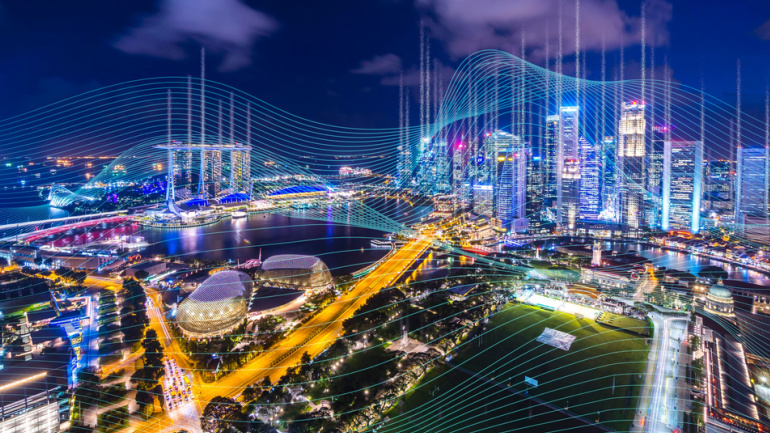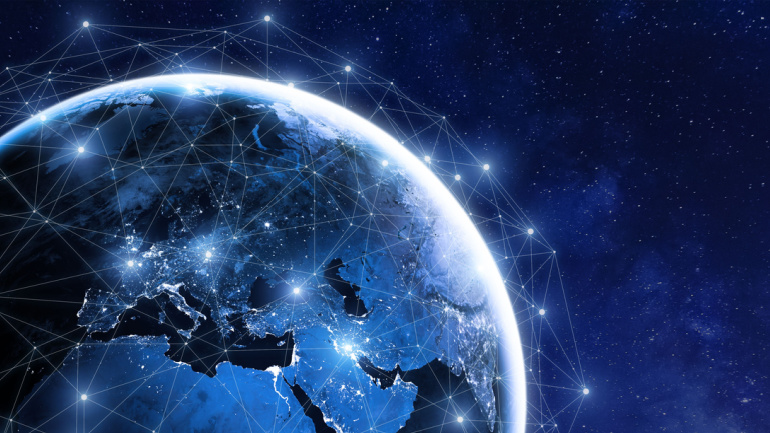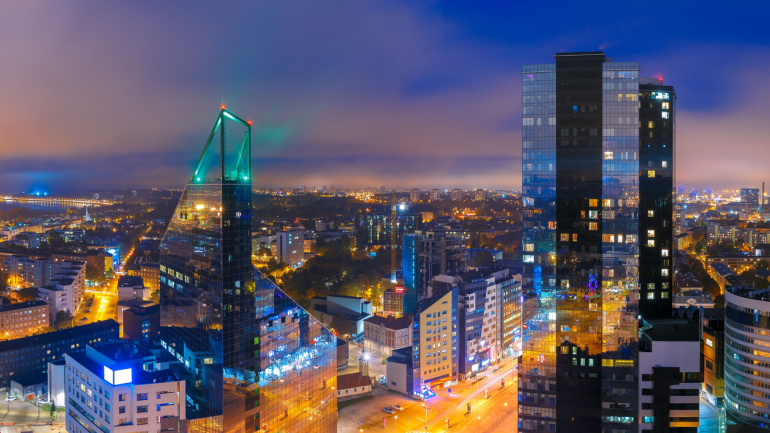In an innovative move, Ericsson and AWS have joined forces to implement a groundbreaking 5G power machine vision system in Hitachi’s manufacturing plant. This system aims to leverage real-time digital visuals, AI, and edge-to-cloud technologies for superior automated error detection. Beyond the norm, it can inspect 24 assembly components simultaneously with high-resolution cameras pinpointing defects at the sub-millimeter range. Such a venture showcases the potential of combining private 5G, cloud, and AI technologies in revolutionizing product manufacturing, even amidst the current market uncertainties.
Ericsson, the global telecom giant, has just shattered 5G records, achieving an incredible 5.7Gbps download speed by ingeniously blending three frequency bands. This breakthrough, a result of Ericsson’s advanced hardware, software and RAN coordination, opens a new horizon in performance boost and superior connectivity for 5G users. This latest success cements Ericsson’s spot at the forefront of the race for ultra-high-speed connectivity, even as competitors also explore the potential of carrier aggregation.
In a first for the region, Ericsson and Australian operator TPG are creating a cloud-native AI-powered analytics tool, designed specifically to streamline 4G and 5G networks. With the power to predict and fix performance issues in real-time, this tool aims to enhance response times to network issues and reduce reliance on complex infrastructure analysis. Showcasing TPG as an early adopter, this technology also enhances network flexibility as usage increases, allowing for tracking of around five million subscribers.
In an exciting leap forward for 5G technology in Europe, Ericsson and O2 Telefónica in Germany have joined forces to accomplish a remarkable feat in the development of 5G Cloud RAN technology. Their groundbreaking Proof of Concept (PoC) deployment at O2 Telefónica’s Wayra innovation hub in Munich showcased the immense capabilities of Ericsson’s first 5G Cloud RAN installation on the continent. The PoC utilized cutting-edge mmWave frequency and a centralized control unit (CU), achieving an impressive end-to-end speed of over 4 gigabits per second.
Breaking speed boundaries, Ericsson and MediaTek recently achieved an impressive 565 Mbps upload speed within the consumer 5G sector, sparking excitement about the potential of fixed-wireless access (FWA). This feat was made possible through the integration of two of Ericsson’s software features and MediaTek’s T830 chipset for 5G FWA routers. The growing importance of upload speed on multiple applications including online gaming, video streaming, and cloud storage is nudging broadband consumers into creators, underscoring the significance of this development.
Unveiling a battery and solar-powered 5G site in Texas, Ericsson demonstrates an innovative and eco-friendly approach to creating energy-smart network solutions. This next-generation site not only offers enhanced energy management, potentially trimming operational expenses and reducing energy consumption, but also hints at lucrative future revenue streams from selling excess power. As Ericsson continues to explore greener alternatives, it’s intriguing to see how telecom companies worldwide will adopt this sustainable model.
Deutsche Telekom and Ericsson’s recent secure network slice proof of concept simplifies enterprise use with automated configuration and end-to-end orchestration, connecting smartphones seamlessly to private cloud services via 5G. This innovation could revolutionize the telecommunications industry by offering customizable, easy-to-understand connectivity solutions for businesses worldwide.
Ericsson and MediaTek set a new 5G upload speed record of 440 Mbps, enhancing user experiences for video conferences, streamers, and gamers. The groundbreaking achievement utilized Uplink Carrier Aggregation and promises improved network performance in various applications.
Ericsson and Telia join forces to establish the Baltics’ first enterprise 5G network at a key supply site in Estonia, aiming to enhance productivity, agility, and sustainability, while enabling connected use cases like asset monitoring, digital twins, and more. This collaboration also boosts Ericsson’s growing private 5G offerings and emphasizes the potential of private 5G networks in driving innovation across various industries.
China Mobile and Ericsson have announced the launch of two energy-efficient 5G sites in China as part of their efforts to conserve energy and reduce carbon emissions. The Ericsson Smart Site offers new levels of quality assurance, the intelligent administration of various energy sources, full-stack real-time monitoring, and intelligent energy and service synergy. The initial facility, located in Jiangsu Province, runs on the 700MHz frequency and emits no carbon dioxide. The second facility, in Guangdong, operates on the 2.6GHz frequency. Both locations employ Ericsson’s power system, which optimizes the usage of energy from solar, grid and battery sources to provide the most energy-efficient operation possible. The systems also include remote management capabilities using Ericsson Network Manager. Energy conservation and renewable energy have become major technology trends in China. As China continues to prioritize energy conservation and carbon emission reduction, the partnership between China Mobile and Ericsson is well-positioned…













